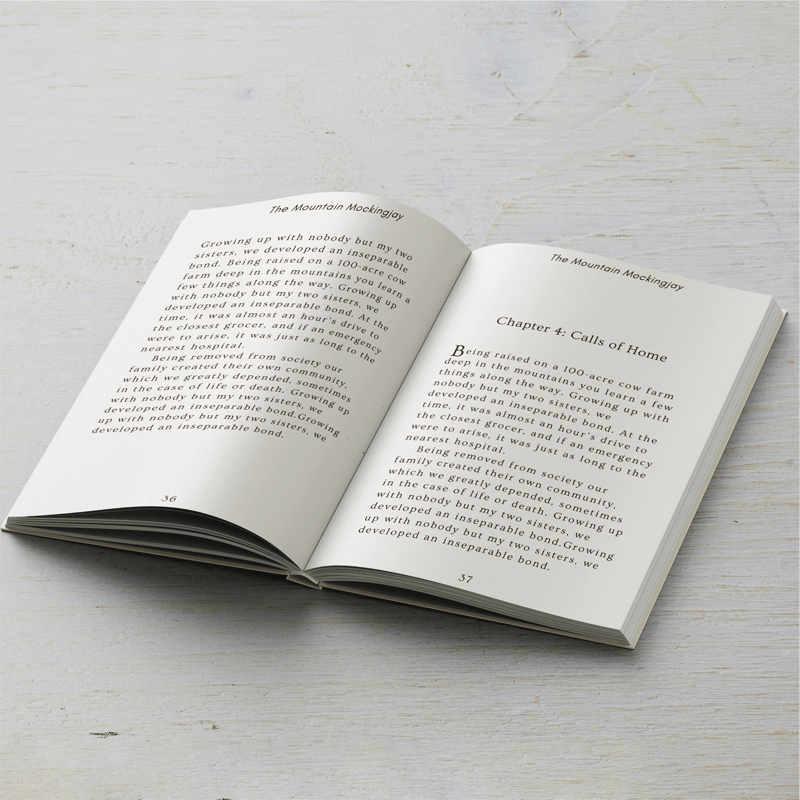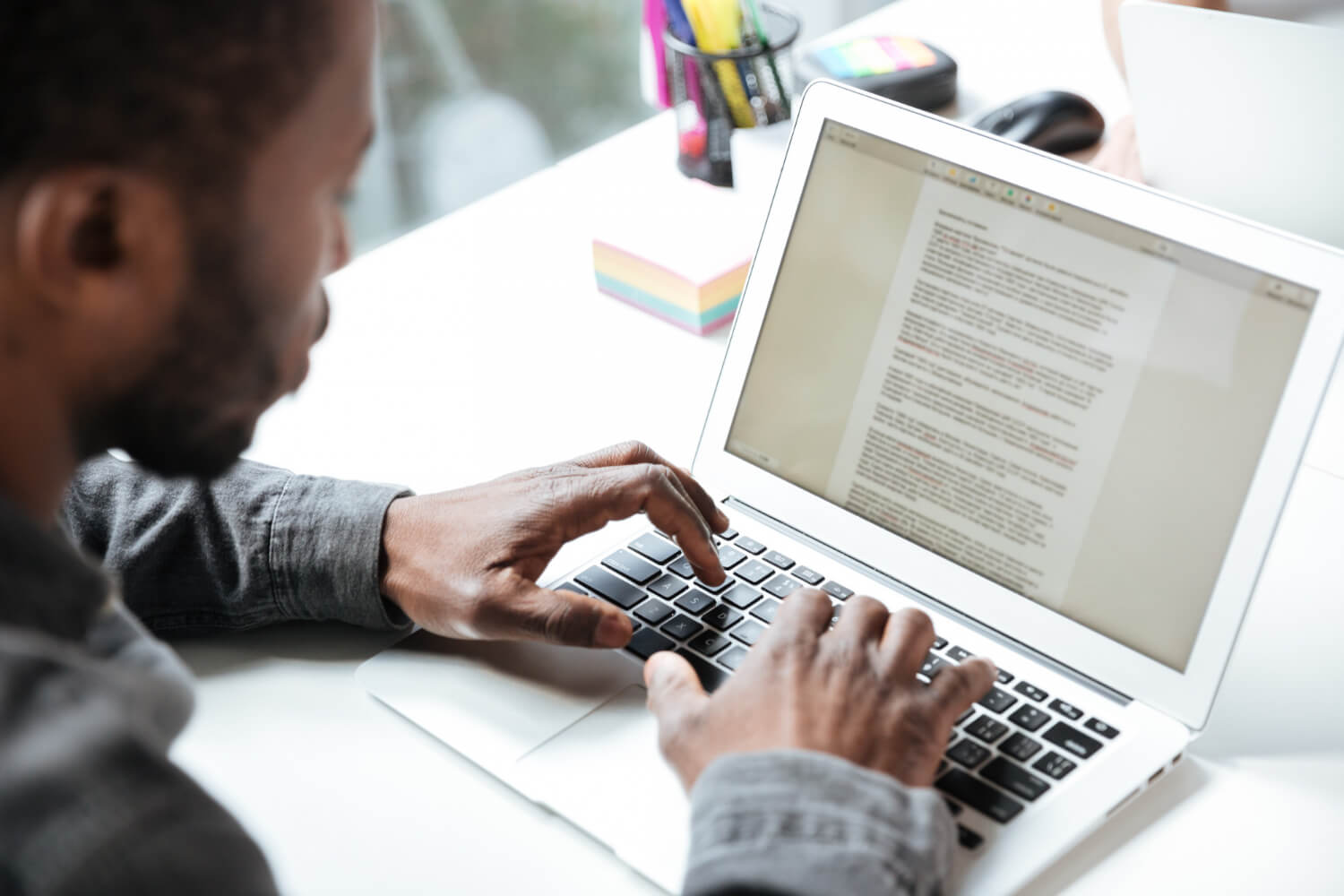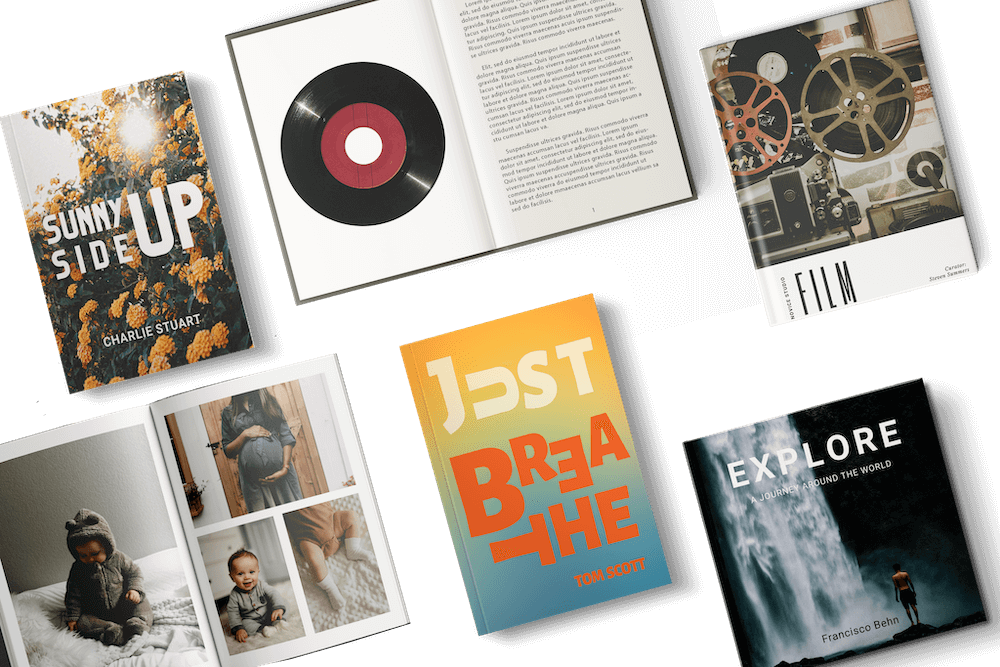What is a paperback? These books are known for their flexibility, lightweight feel, and approachable design, making them a favorite among casual readers and collectors. Their affordability and portability make them a go-to choice for avid readers who want to carry a story wherever they go. No matter what book genre you’re interested in, paperbacks offer something for everyone. This guide will walk you through the essential aspects of paperback books, including their rich history, characteristics, and benefits to inspire you to create your own paperback masterpiece.
Introduction to Paperback Books
A paperback book, also known as a softcover book, is defined by its flexible paper cover, which sets it apart from hardbacks' rigid, durable board covers. This flexibility is not just in its physical form but also in its versatility as a format. Paperback books are typically lighter, more portable, and easier to handle, making them an ideal option for readers on the go. They opened the doors for a broader audience to enjoy literature, making reading more inclusive and convenient for everyday readers. The lower cost of production allowed publishers to release more books to more people, contributing to the rise of popular fiction, academic texts, and other genres in the paperback format. As a result, paperbacks became a symbol of literary accessibility, appealing to both casual readers and bibliophiles.
Paperback Books: A Brief History
Paperback books date back to the mid-19th century. Hardcover books dominated the market before the rise of paperbacks, often priced out of reach for the average reader due to their higher production costs. The introduction of paperbacks marked a significant turning point in the publishing world, democratizing reading by making books more affordable and accessible. This change brought literature to the masses and sparked a cultural shift, allowing more diverse genres and voices to reach a broader audience, ultimately transforming how books were published, consumed, and shared worldwide.
The Transition from Hardcovers to Paperbacks
As paperback books gained popularity, they gradually became the preferred format for books like novels, memoirs, and other widely consumed reading materials. Their affordability made them an attractive option for readers who wanted to build personal libraries without the financial burden that often came with purchasing hardbacks. This accessibility fostered a culture of reading across all demographics, bringing books into homes that might not have been able to afford them otherwise. Over time, paperbacks' lightweight and compact nature made them a go-to for readers who wanted to carry stories with them. This portability revolutionized how people consumed literature, allowing them to enjoy books on the go, anytime and anywhere.

Characteristics of Paperback Books
Physical Properties of Paperback Books
Paperback books feature a flexible paper or cardstock cover, typically finished with either a gloss or matte coating, depending on the desired aesthetic and level of protection. Inside, the pages are bound using glue, a process known as perfect binding, which secures the pages. Paperback books come in a range of standard sizes, and custom sizes are also available. This range of sizes allows for a variety of creative and practical options to suit different types of publications or specific project needs.
Paperback vs Hardcover
Durability is one of the most noticeable differences between a paperback and a hardcover book. Hardcover books feature sturdy, reinforced covers made of thick cardboard compared to the lighter paper weights used for paperback books. While the convenience and affordability appeal to readers, they may be prone to signs of wear and tear more quickly. To learn more about the benefits and durability of hardcovers, read our read our blog post on how to make a hardcover book.
Benefits of Choosing a Paperback
Cost-Effectiveness
One of the main reasons paperback books have maintained their popularity over the years is their affordability. Paperback books are significantly cheaper to produce than hardcovers, primarily due to the less expensive materials and simpler production process involved. This lower production cost translates to more affordable prices for readers. For authors, particularly those just starting out, paperbacks are an excellent option to reach a wider audience without breaking the bank. The reduced cost of printing allows authors to produce and distribute more copies, helping them build a readership while keeping their publishing budget under control. This affordability makes paperbacks an essential format in the publishing industry, promoting accessibility and creativity for readers and writers.
Portability and Easy Handling
Paperback books are lightweight and easy to carry, making them the perfect choice for readers on the go. Their compact and flexible design allows them to slip effortlessly into a bag, purse, or backpack without taking up much space or adding significant weight. Whether you're commuting to work, relaxing at the beach, traveling on a long flight, or enjoying some downtime at a café, their portability means your favorite stories, educational material, or even professional resources are always within easy reach.
Appeal to Readers and Collectors
The tactile experience of holding a paperback is an essential part of the reading experience. Casual readers often choose paperbacks because they are comfortable to hold, even for extended periods, and their flexibility makes them easy to manage in various reading environments.
Collectors may also appreciate paperbacks, especially when it comes to limited edition trade paperbacks or special releases. These editions often offer special cover art, exclusive introductions, or content, providing a more affordable way to own prized or rare books without a higher price tag. Paperbacks represent a chance to diversify their library while enjoying beautifully designed editions with sentimental or artistic value.
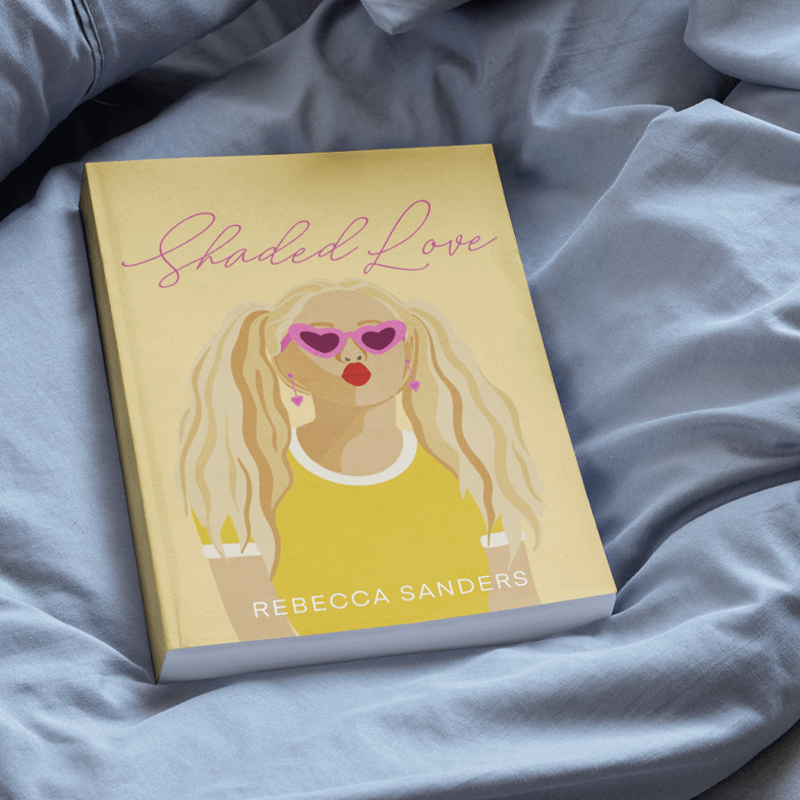
Different Types of Paperbacks
Trade Paperback
A trade paperback is a larger format paperback, usually the same size as a hardcover, but with a flexible cover. These books are durable and visually appealing while retaining the flexibility and portability that paperback readers love. Trade paperbacks are typical for books like novels, memoirs, special editions, and reprints of bestsellers. Their quality, affordability, and convenience make trade paperbacks popular for avid readers and casual consumers looking to balance durability and cost.
Mass-Market Paperback
Mass-market paperbacks are smaller and more affordable than trade paperbacks, making them one of the most accessible book formats. These books are designed for mass production and in large quantities at a lower cost, translating to a more budget-friendly price for readers. Mass-market paperbacks cover popular fiction, such as bestsellers, thrillers, mysteries, and romance novels. They are also a standard format for genre fiction like fantasy, science fiction, and crime, where the focus is on delivering widely accessible, engaging stories to as many readers as possible. Mass-market paperbacks offer a lightweight, portable option, and their affordability and convenience have made them a staple in the publishing world.
Digest-Sized Paperback
Digest-sized paperbacks are a versatile format that sits between the smaller mass-market editions and the larger trade paperbacks. They offer a balance that makes them slightly more substantial than mass-market editions but still more portable than trade paperbacks. This size allows for a comfortable reading experience, with a larger page area that enhances readability while maintaining compact and lightweight qualities.
These books are for niche genres, particularly highly visual stories such as comics and graphic novels. The extra space in digest-sized paperbacks provides a better layout for artwork and illustrations, allowing readers to enjoy detailed visuals. For those who enjoy collecting graphic novels or niche fiction, digest-sized paperbacks offer an ideal balance of aesthetic appeal and practical use. They provide enough space for rich visual storytelling while being compact enough to slip into a bag, making them perfect for on-the-go reading without sacrificing quality.
The Making of a Paperback Book
Producing a paperback book is a fascinating process involving several key steps. While we offer a more detailed look at the paperback printing process in this blog post, here’s a brief overview:
Printing Process
Paperback book printing uses two primary methods: offset printing and digital printing. Both methods provide professional-quality results, but the choice depends on budget, project scale, and turnaround time. Offset printing is a traditional method of transferring ink onto paper via printing plates. This process is highly efficient for larger print runs, allowing consistent, high-quality results and lowering the cost per unit. Offset printing is often for large-scale production runs, such as when publishers anticipate high demand for a book.
On the other hand, digital printing is a modern and flexible option. It doesn’t require printing plates and is ideal for smaller print runs or short-run projects. With digital printing, book production is quick and cost-effective, making it the preferred choice for projects that require frequent updates or personalization. Additionally, digital printing allows for greater customization, such as printing one-off copies for special editions or limited releases.
Materials Used
Paperback book covers consist of thicker paper or cardstock. A laminate (finish) on the cover provides additional protection and a more polished appearance. This lamination adds durability by helping to protect the book from general wear and tear while also giving the book an appealing aesthetic.
You can print inner pages with various paper stock options. Uncoated paper has a natural, matte finish for text-heavy books. At the same time, high-quality coated stock enhances image vibrancy and provides a smoother texture for books with rich visual content, such as photography books or art books. These paper options offer flexibility in both presentation and budget, allowing authors and publishers to customize the book for aesthetic reasons or practical usability.
Binding Methods
Paperback books use perfect binding, which involves stacking the book's individual pages into a block, roughing up the spine edge, and applying a strong adhesive to hold them together. The cover is then wrapped around the glued pages, creating a secure and flexible bond. The result is a professional finish with a flat spine, making it suitable for displaying titles or author names along the spine. This method is popular for its affordability, durability and attractive presentation. Perfect binding can accommodate books of varying thicknesses, from slim novels to longer works.
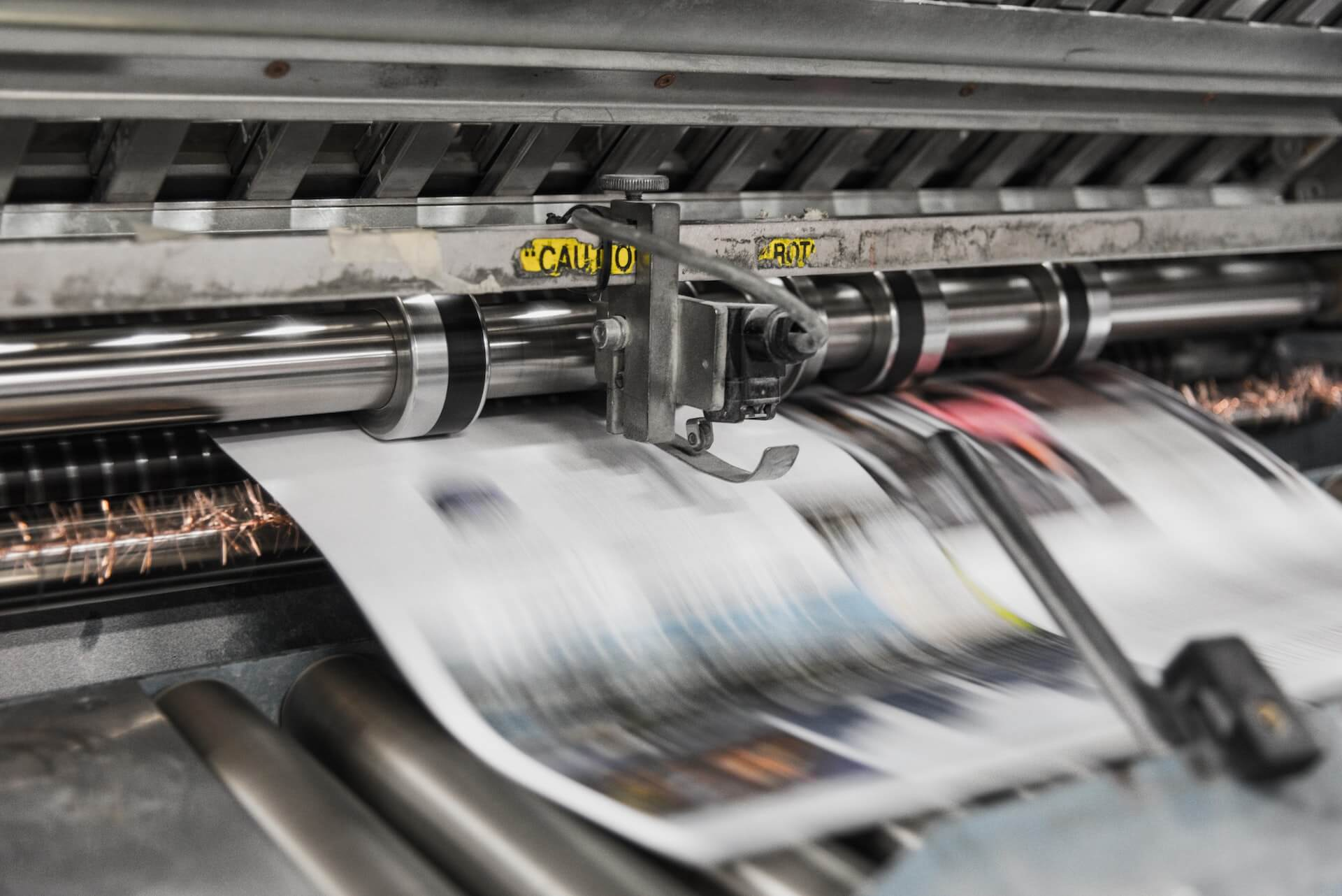
Why Choose Mixam's Printing Services for Your Paperback?
Quality Assurance
At Mixam, we use top-of-the-line printing technology to ensure that every book we produce meets the highest quality standards. Whether it’s crisp, clear text or vibrant, eye-catching images, your paperback will be crafted with precision and care to look and feel professional from the first page to the last. Our intuitive online system handles every detail alongside our print experts to give your paperback the polish it deserves so it stands out on any shelf.
Customization Options
You can access a wide range of customization options, from finishes to paper stocks. Our Instant Quote Calculator will only display the best prices and estimated delivery dates according to your specifications. You can easily adjust these details as often as needed, experimenting with different options until you find the perfect balance between quality and cost before adding a quote to your cart.
Outstanding Customer Support
We understand that printing a paperback can be a big step, and our team of print experts are here to guide you every step of the way. Our team is always ready to assist you with any questions or concerns, whether you're finalizing your design, choosing the right materials, or navigating our online platform. We pride ourselves on offering friendly, knowledgeable service to ensure your project enters production seamlessly.
Conclusion
Paperback books have stood the test of time for a reason—they’re affordable, portable, and accessible to readers and publishers alike. Whether you’re an aspiring author or someone more experienced, there’s never been a better time to create your own paperback book. With Mixam’s professional printing services, you can see your work in high-quality, customized paperback books that make a lasting impression.
Ready to get started? Print your paperback books with Mixam today. Download Mixam’s free Book Printing Guide to learn how to print a book, and the PrintLink Guide to start your own print-on-demand business.
